Welcome, dear wildlife enthusiasts, to our account of how a pod of orcas outsmarted a seal. The stage is set in the icy Arctic, where a drama of survival unfolds.
Introduction
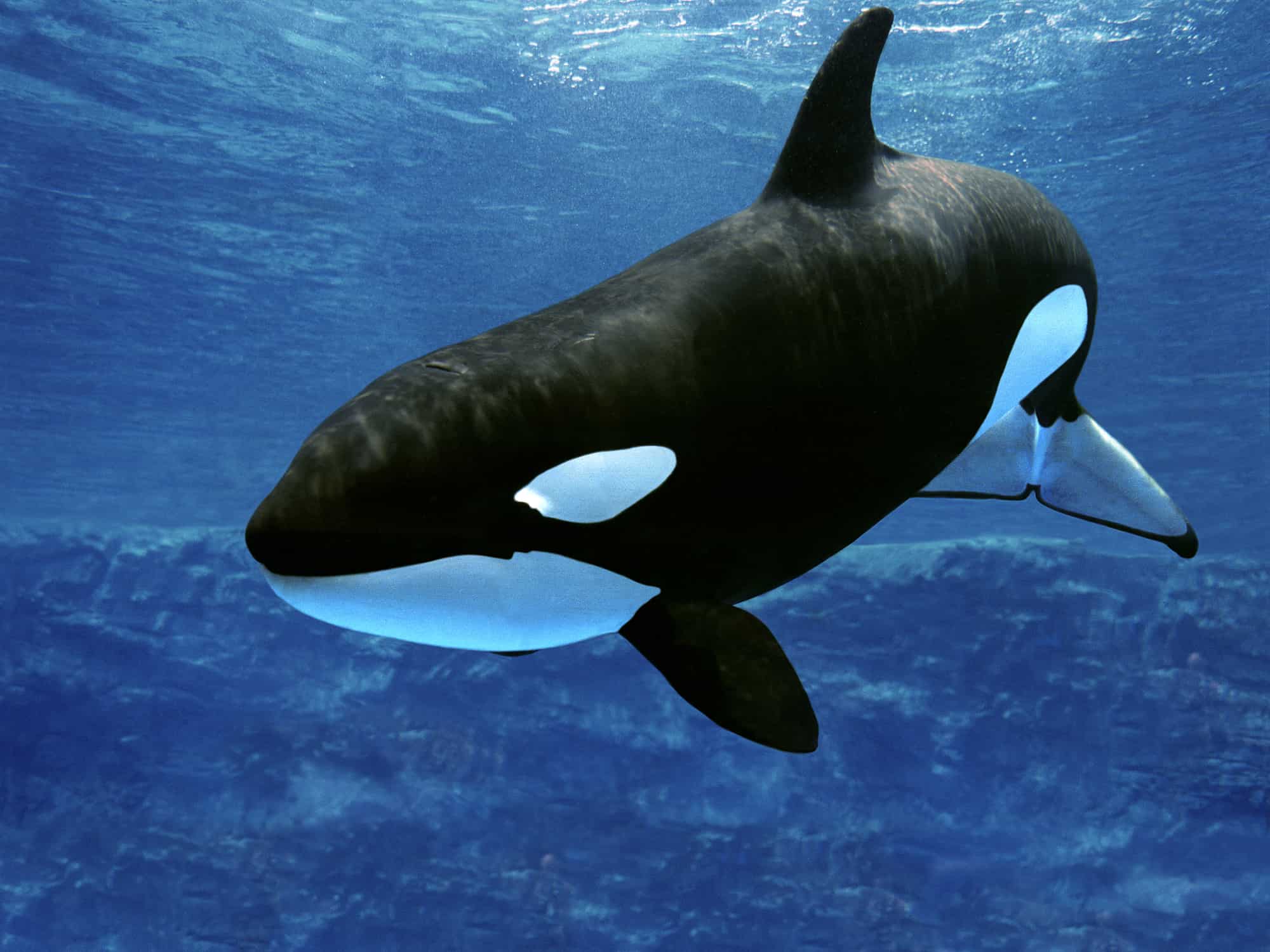
Orcas, also known as killer whales, are apex predators and the largest members of the dolphin family. Found in oceans around the world, these intelligent and social marine mammals are known for their striking black and white coloration and sophisticated hunting techniques.
Orcas’ Diet

Orcas have a diverse diet, but seals can make up a significant portion, especially for those in colder waters. In some areas, such as the North Pacific, seals constitute a substantial part of their diet, with certain orca pods specializing in hunting seals and relying on them heavily for sustenance.
Hunting Tactics of Orcas

Orca hunting tactics are highly sophisticated and varied, including coordinated group hunting, intentional beaching to catch seals, and wave-washing to knock prey off ice floes. They communicate and strategize within their pods, showcasing exceptional intelligence and cooperation to capture a diverse range of prey.
Wave Wash

One of the most impressive tactics is the “wave wash,” as seen in our featured video. In this strategy, an orca pod swims in unison to create a wave powerful enough to knock a seal off an ice floe. It’s an incredible display of cooperation, timing, and precision, highlighting their individual skills and ability to work as a cohesive unit.
Adaptation of Orcas

On a broader scale, the orcas’ complex hunting strategies are a remarkable symbol of adaptation and evolution. Thus, they reflect how creatures can learn, innovate, and pass knowledge to ensure survival in the harshest environments.
Cooperation

Moreover, it symbolizes the importance of social structures and cooperation in nature. Much like human societies, orcas rely on each other, learn from each other, and work together to achieve a common goal, in this case, securing their next meal.
The Natural Order

Finally, observing these hunting tactics is a stark reminder of the raw, often brutal realities of life in the wild. It reminds us of the delicate balance within nature, where every creature, predator or prey, plays a crucial role. Additionally, as wildlife enthusiasts, we must appreciate, respect, and protect this incredible natural order.
Communication
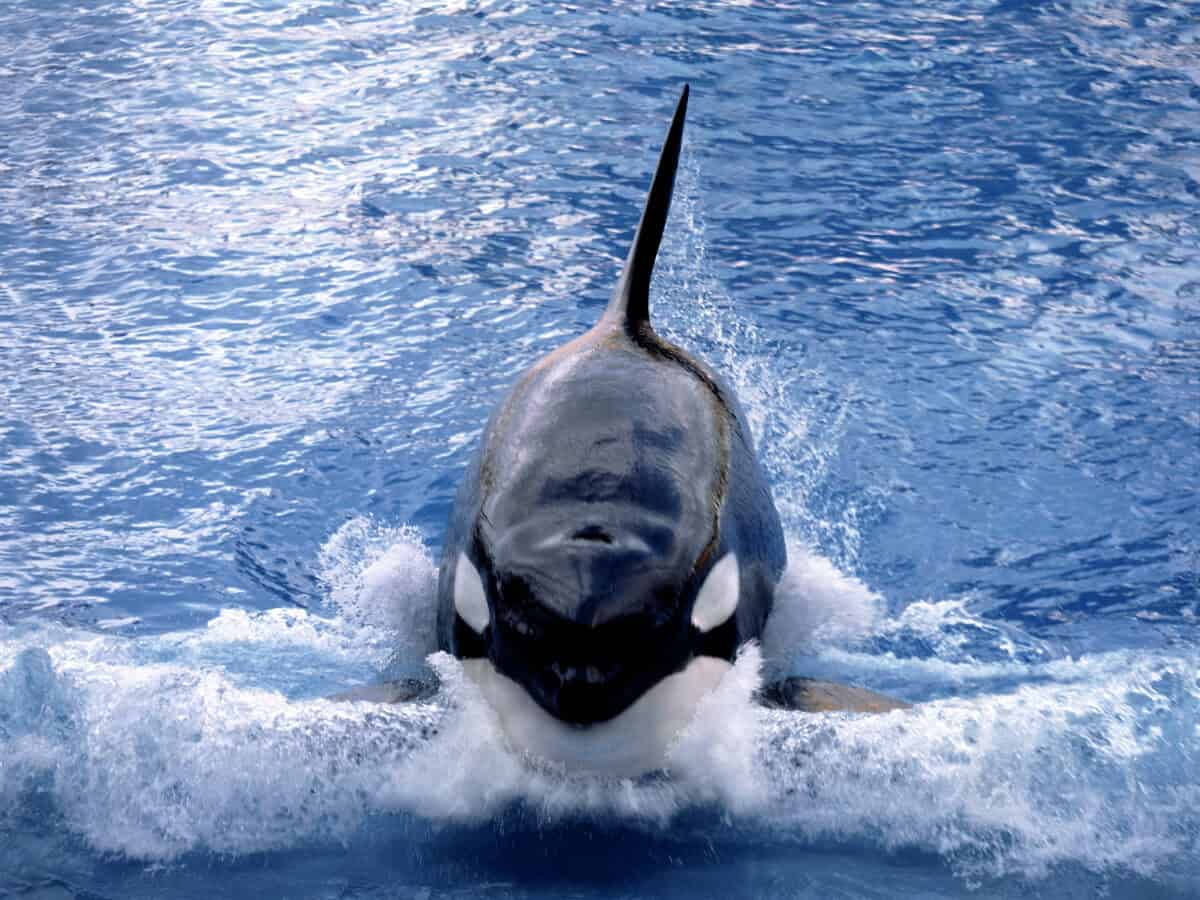
Orcas communicate during hunts. They use vocalizations, echolocation, and body language to coordinate and strategize during hunts.
Different Strategies for Different Prey
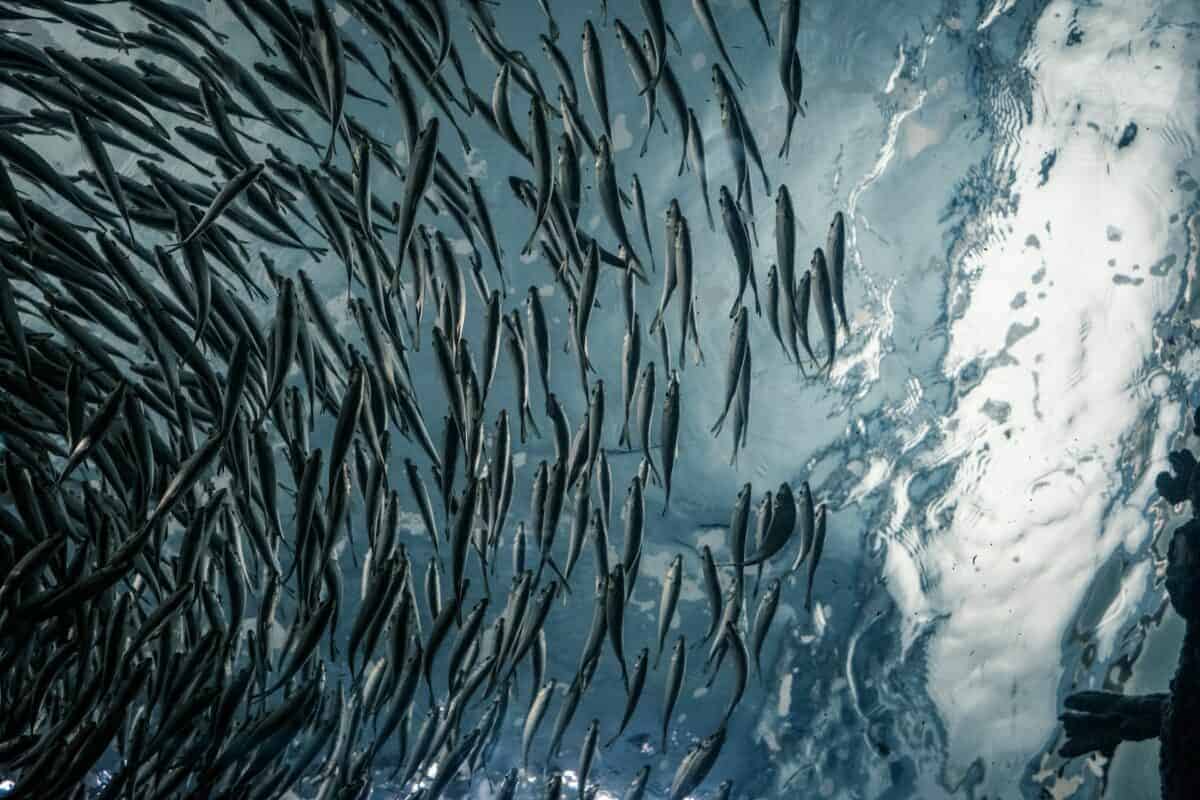
Orcas adapt their hunting methods depending on the prey, with specialized tactics for fish, marine mammals, like seals, and birds.
Intelligence

Orcas exhibit problem-solving skills, adaptability, and learned behaviors. Their intelligence enables sophisticated hunting strategies, including coordinated group tactics and adaptive techniques tailored to different prey. They even pass down their hunting skills through generations.
Teaching Their Young
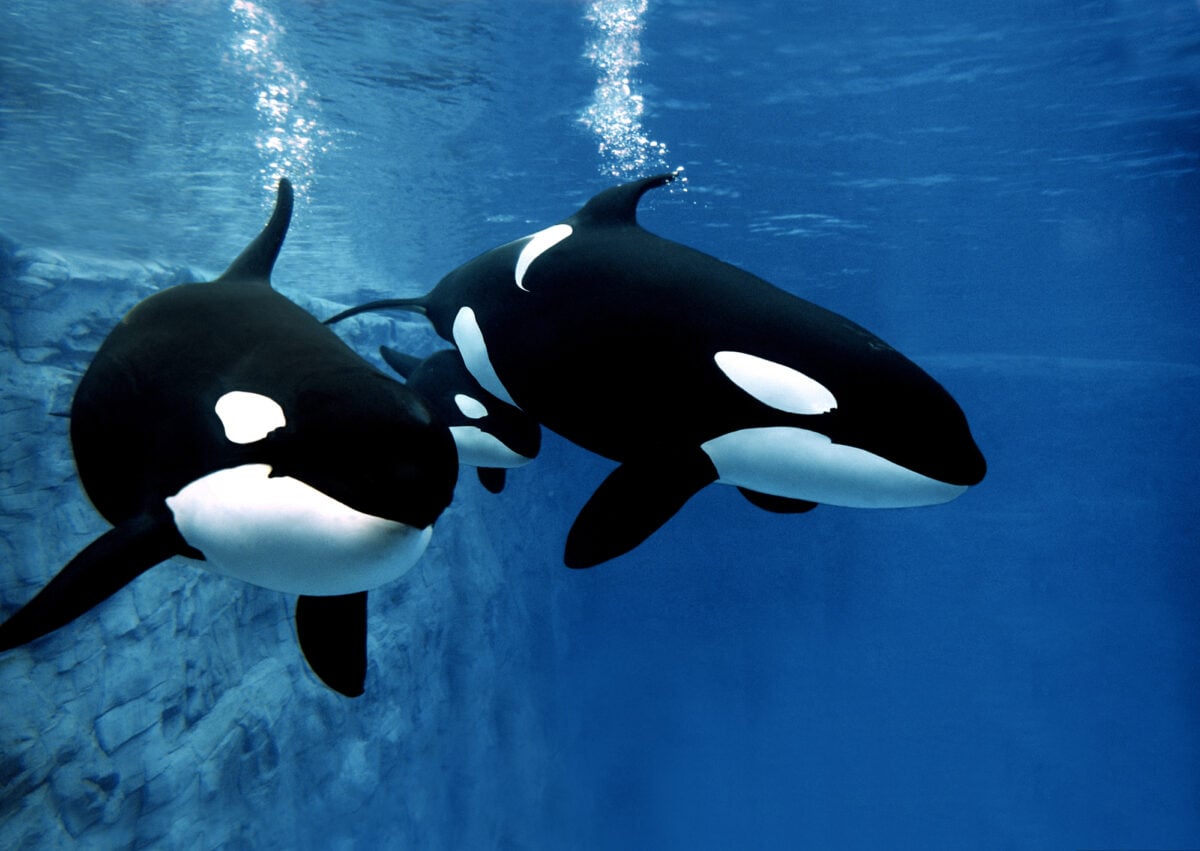
Orcas teach their young to hunt through active participation in group hunts, demonstrating techniques like coordinated attacks and prey handling. This learning process involves imitation and guided practice, ensuring younger members acquire essential skills for survival and successful hunting in their environment.
Diet by Region
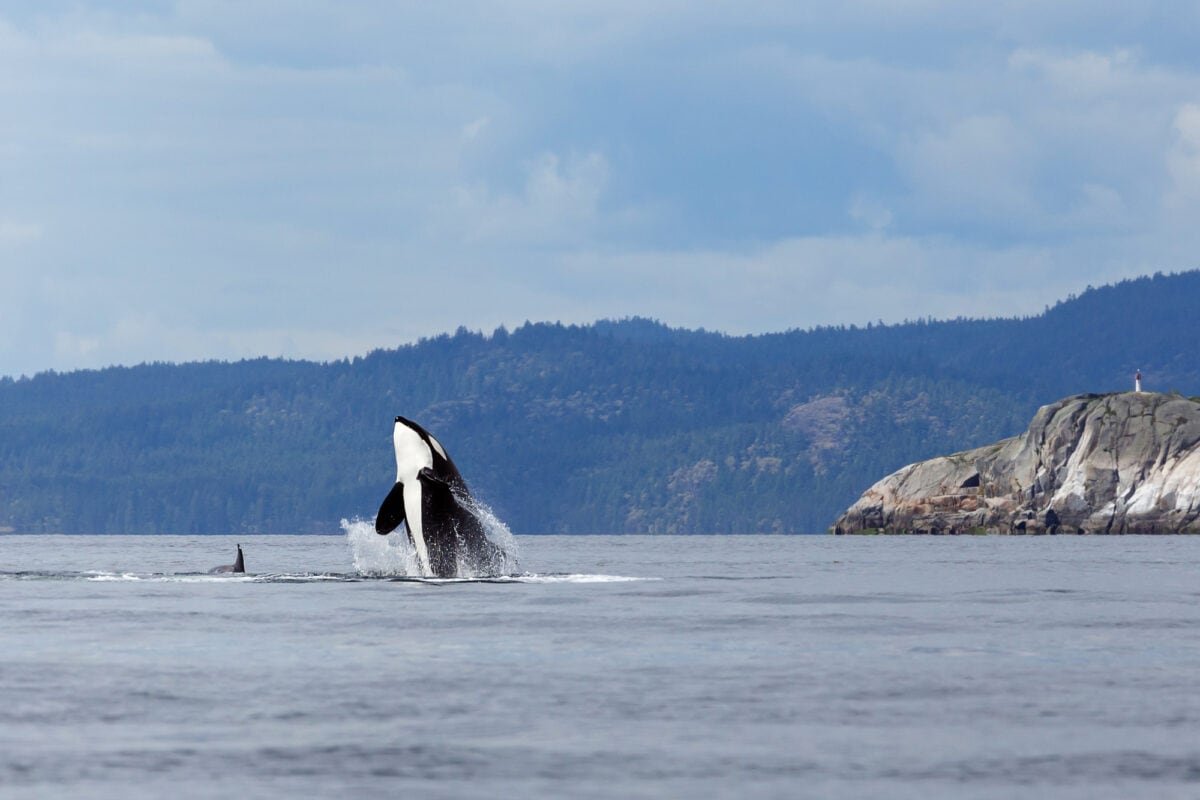
Diet varies significantly; some pods specialize in fish, while others focus on marine mammals like seals and whales, depending on regional availability.
Risks & Challenges
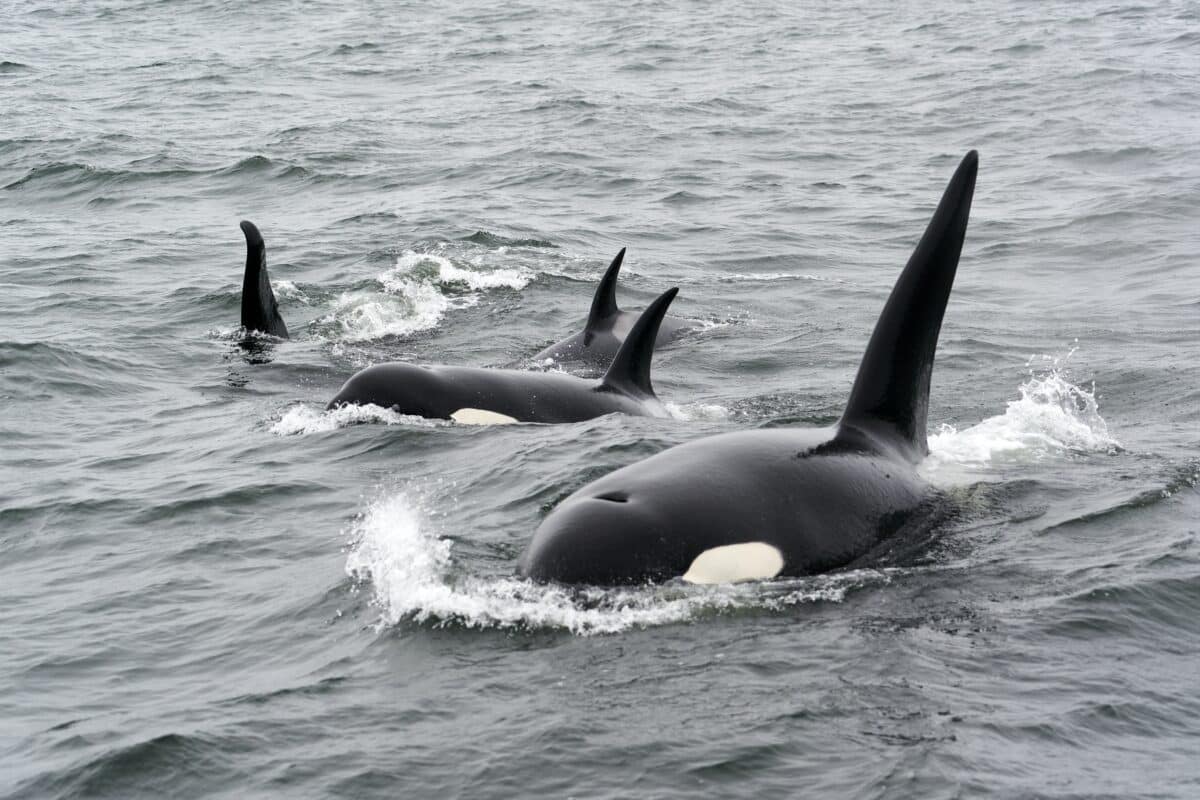
Hunting can be risky; orcas may suffer injuries from large or defensive prey, and they must also avoid human-made dangers like fishing nets and boat traffic.
Wrapping Up
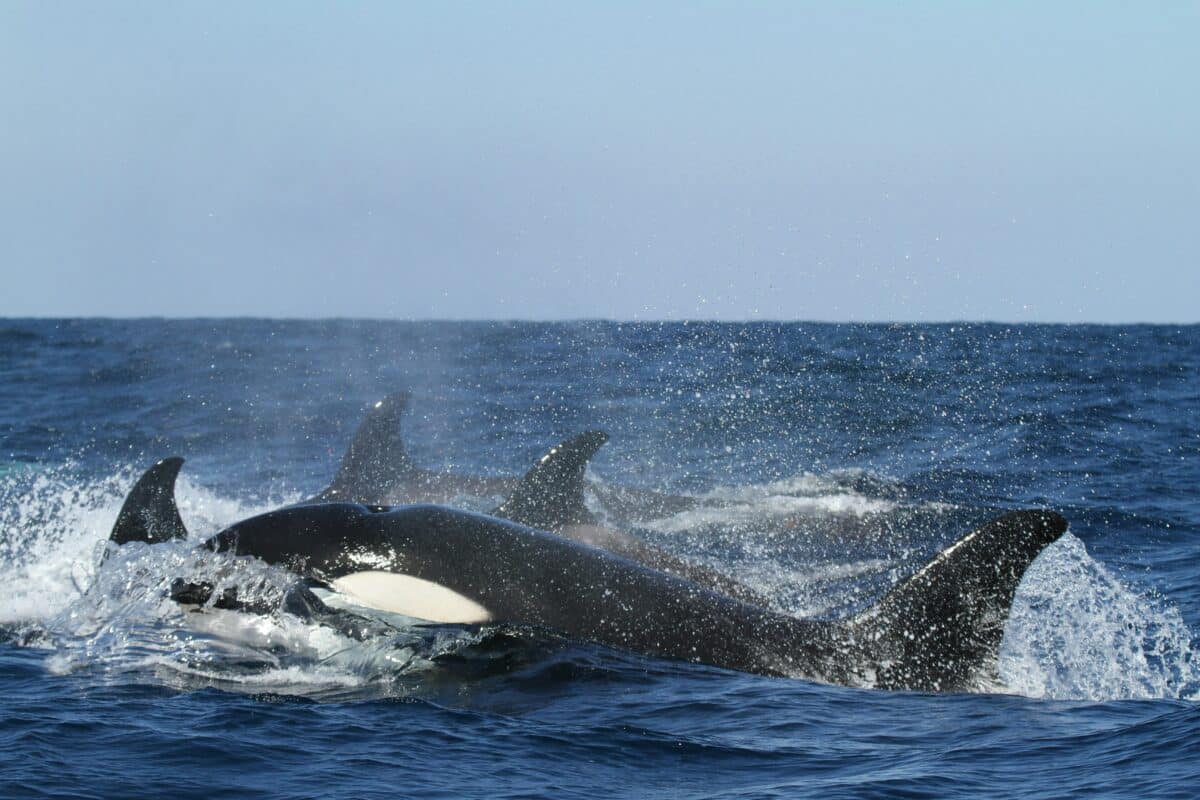
This awesome video gives us a front-row seat to one of nature’s most impressive and intricate displays of intelligence and survival.
With their finely tuned strategy and unerring precision, the orcas give a valuable lesson on the power of cooperation and adaptation.
Conclusion
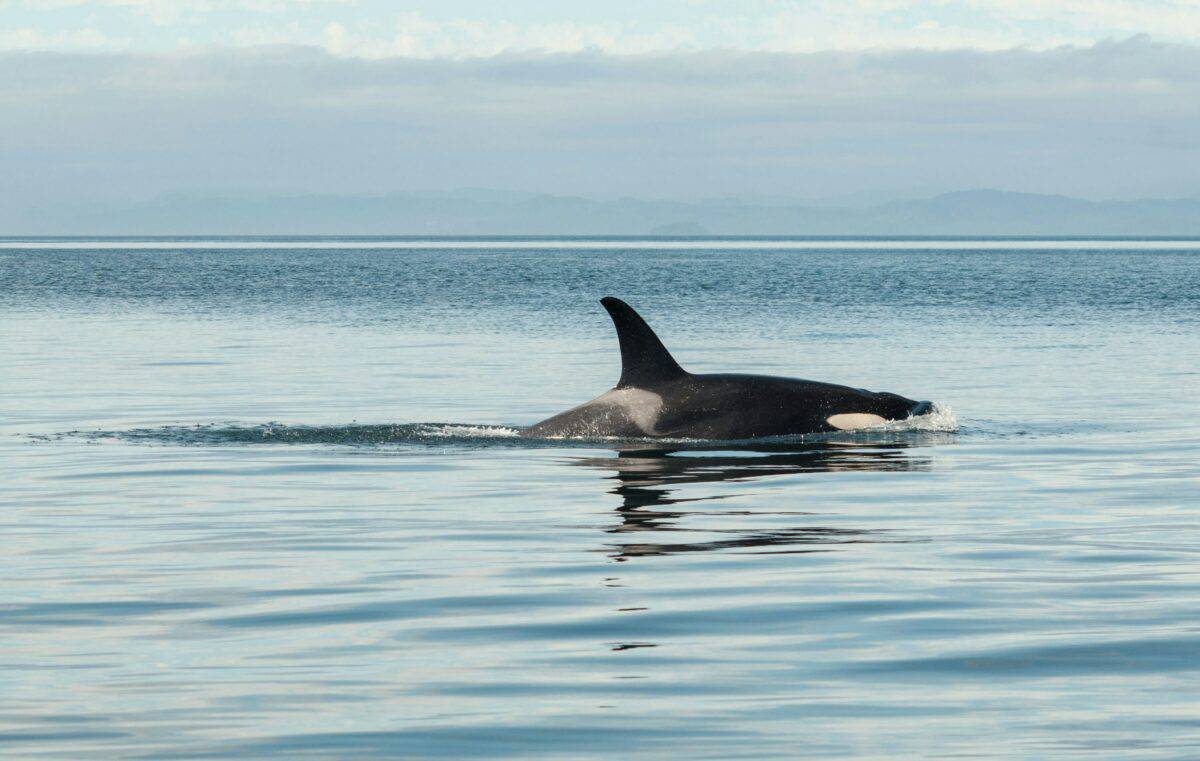
Thank you for following along with this article!
Next up in the animal-news world:
Join our Forum for free today!


